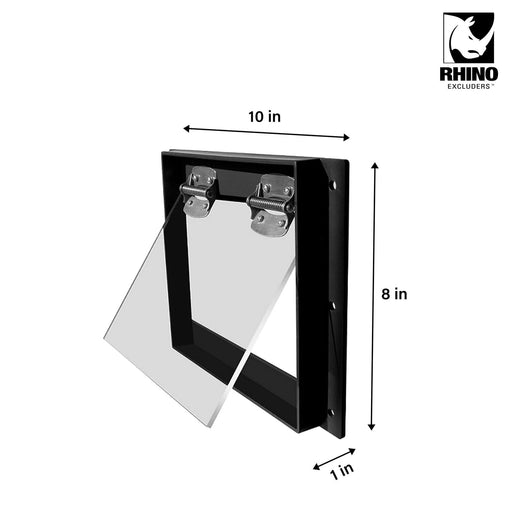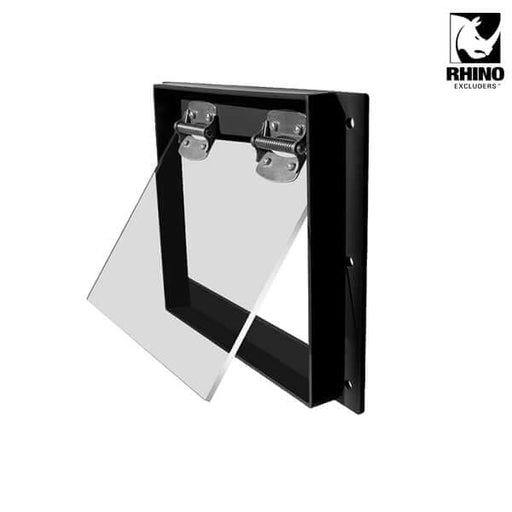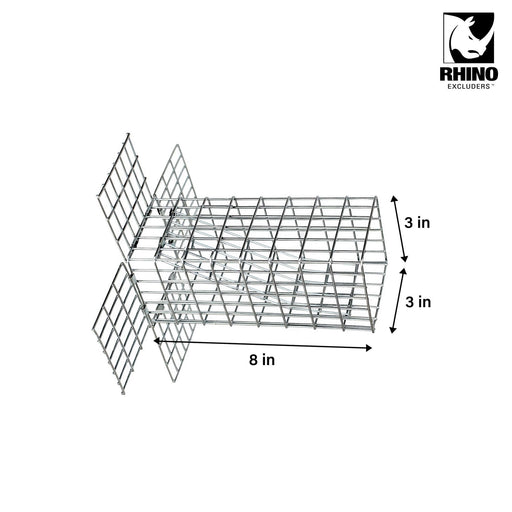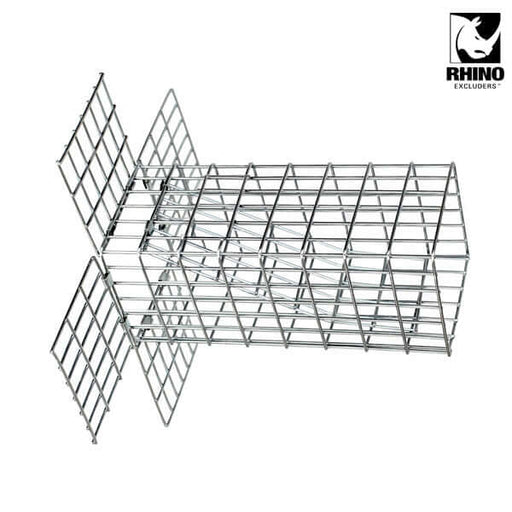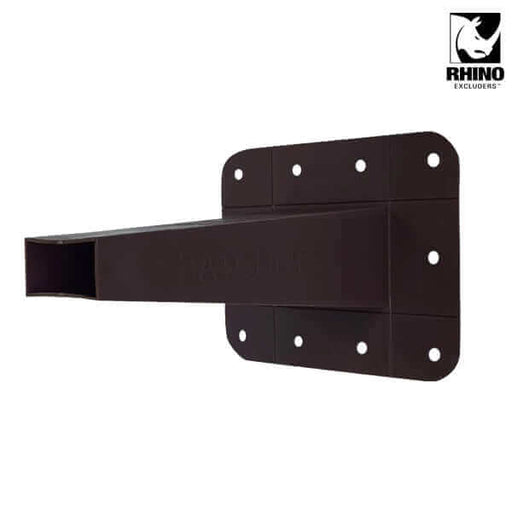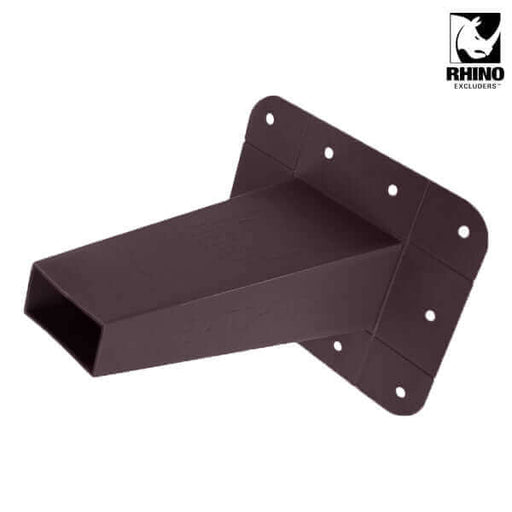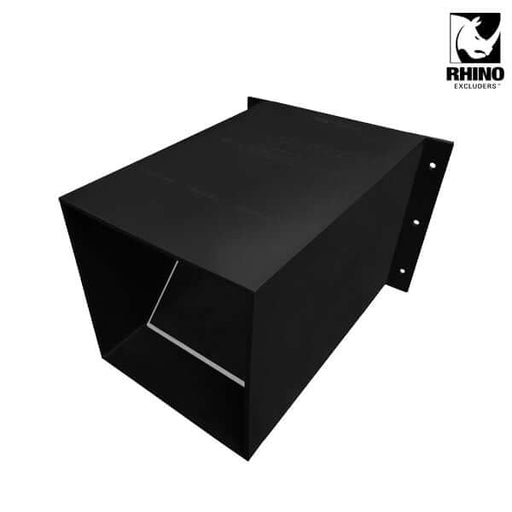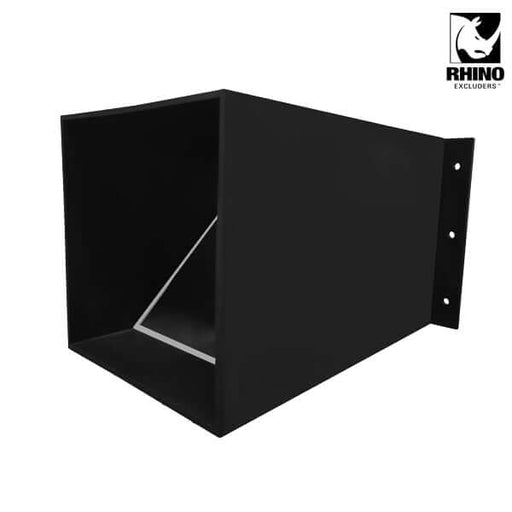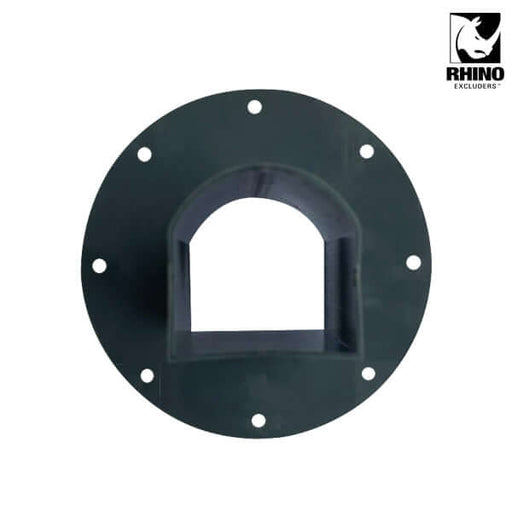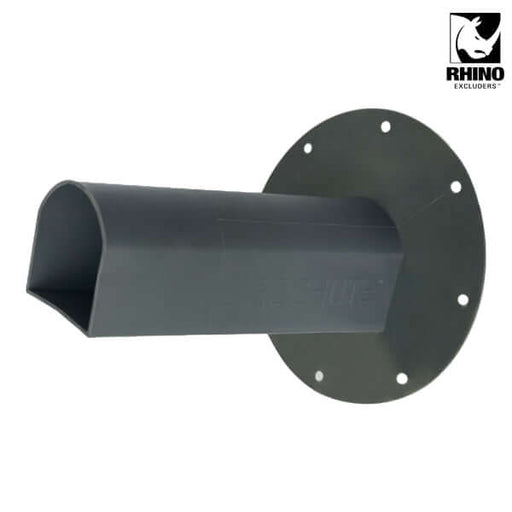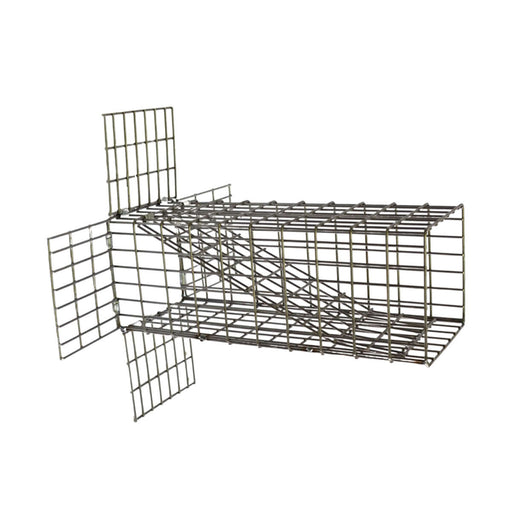
HOW TO GET RID OF BIRDS (SPARROWS & STARLINGS) USING BIRDCHUTE™ ONE WAY DOOR
Birds Behavior and How To Get Rid of Them
If you need bird removal or bird control, you already have plenty of questions about birds, and you might even have some ideas about bird behavior, bird nesting habits, or even bird diseases. Regardless, the first step in controlling bird behavior is to understand what makes them act the way they do and how we get rid of birds?
Bird Behavior
Birds are social creatures that live in flocks or groups and communicate using sounds, movements, and body language. The most common types of bird behavior are mating, breeding, nesting, feeding, and migration. Bird mating begins when the male selects a female and then starts courting her by singing and dancing for her attention. After mating, fertilization occurs inside the female's body, where she will lay eggs within her nest called an oviduct or ova until they hatch into baby birds known as chicks (also referred to as hatchlings).

Bird Mating and Breeding Habits
If a male bird loses its mate, it will search for another female to mate with. When a female bird has been bred, she will lay eggs in a nest made of twigs and sticks. The male bird will help feed the offspring in their nest. The female birds will incubate the eggs and keep them warm until they hatch. When baby birds hatch, they must have food ready for them when they do so and need to be fed every 15 minutes until they are old enough to fly on their own. If you see baby birds outside of their nest, it is best not to touch or move them because moving them from where they were born can disrupt their learning process of flying and eating on their own.
Bird Nesting Habits
Birds prefer to build their nests in trees or other high locations away from ground predators like snakes and rats. However, birds can also nest on the ground — especially birds nest in holes, such as woodpeckers and owls. Starlings and sparrows are the most common nuisance birds in urban settings. They like to nest in dryer vents, soffits and chimneys.

Bird Diseases
Birds can get sick just like humans do; however, they don't get many of the same diseases we do because they have different immune systems than humans do. Some of the most common bird diseases include salmonella, trichomoniasis, rhinotracheitis (parrot fever), fungal infections, and avian poxvirus infections.
Bird Damage
Bird damage to buildings and other structures is a common problem for homeowners, business owners, and property managers. Birds can cause structural damage to a building by pecking at the exterior surface, creating holes that allow water to penetrate the building's interior. Once inside, birds will nest and create more problems. To make matters worse, they also leave behind droppings that can contaminate food preparation areas or storage areas with bacteria and other contaminants.

Bird Removal Myths
There are many myths surrounding bird removal, which can make getting rid of these pests more complicated than it needs to be. Here are some of the most common ones:
Birds will leave on their own if you do not feed them: Most birds do not migrate unless there is a significant change in weather conditions, such as extreme cold or heat waves. Birds do not simply fly away if they do not get fed by humans; instead, they will find other food source such as garbage or other animals that may have been feeding them. Once they find another food source, they will return when the original supply runs out. Most birds will only leave an area when predators such as cats or dogs are forced out.
Laws and Regulations
Birds are protected under state and federal law, so it's essential to know the rules before trying to remove them from your property. In addition, if you have a problem with birds on your property, you might be able to get help from local wildlife officials.
When Is Bird Baby Season
In many areas of the country — especially those with warmer climates — birds begin building nests in early spring and raise their young during this time (sometimes called baby season). This is when they're likely to be most active around your home or business as they search for food and shelter for their babies.
Bird Removal Method — Excluder One-Way Door
The Birdchute™ One-Way Door is a simple and effective method to eliminate the most common pest, birds. This method can make your bird problem go away without harming the birds.
Birdchute™ one-way excluder door is a device that allows birds to leave but not return. The idea behind this device is quite simple; it acts as a scape chute for birds.
Step 1: Inspect your property for signs of bird entry/damage/droppings. Most common nesting site for birds are dryer vents, chimneys, and soffits (junctions).

Step 2: During baby season (spring/summer) inspect the den site for babies. Babies don't fly out until fully mobile. They need to be removed physically and placed in an incubator outside to be raised by their mom OR don't install the one way door until the birds are mobile and can fly out of it.
Step 3: Install the Birdchute™ one way door over the entry hole. If the openning area is larger than the one way door base, use other material such as screening to block the way and place the one way door over the screening. This allows them to fly out and stops them from getting back in.

Step 4: Protect other vulnerable areas to stop future intrusions. If you have multiple dryer vents, gaps around the soffit, or any area that can be a potential entry hole, it must be sealed and protected.

Step 5: Wait 24 to 72 hours for the birds to get evicted.
Step 6: Do a final inspection and confirm there are no new entry holes.
Step 7: Remove the Birdchute™ one way door and seal the area permanently. Remember to protect the area as birds will come back to previous den sites.
Rhino Excluders™ Collection
-
Original price $54.99Original price $54.99 - Original price $54.99Original price $54.99Current price $44.99$44.99 - $44.99Current price $44.99
R108 - Rhino Excluders® Raccoon One Way Door
Rhino Excluders®In stockABS Plastic body | Light weight | 10” x 8” x 1” Are you tired of dealing with persistent raccoon intrusions? Say goodbye to those frustrating encou...
View full detailsOriginal price $54.99Original price $54.99 - Original price $54.99Original price $54.99Current price $44.99$44.99 - $44.99Current price $44.99Save 18% -
Original price $32.99 - Original price $32.99Original price$32.99$32.99 - $32.99Current price $32.99
S33 - Rhino Excluders® One Way Squirrel Door
Rhino Excluders®In stockS33 Rhino Excluders® One Way Squirrel Door (for Squirrels, Chipmunks, Rats & Similar Size Rodents) 14 Gauge | 8” x 3” x 3” Introducing the S33 ...
View full detailsOriginal price $32.99 - Original price $32.99Original price$32.99$32.99 - $32.99Current price $32.99 -
Original price $24.99Original price $24.99 - Original price $24.99Original price $24.99Current price $21.99$21.99 - $21.99Current price $21.99
Rhino Excluders® BATCHUTE™ One Way Bat Door
Rhino Excluders®In stockRhino Excluders® BATCHUTE™ One Way Bat Door Polypropylene (PP) Plastic body | 7” x 6.5” x 5” BATCHUTE™ One Way Bat Door is designed to humanely rem...
View full detailsOriginal price $24.99Original price $24.99 - Original price $24.99Original price $24.99Current price $21.99$21.99 - $21.99Current price $21.99Save 12% -
Original price $64.99Original price $64.99 - Original price $64.99Original price $64.99Current price $49.99$49.99 - $49.99Current price $49.99
Rhino Excluders® PROCHUTE™ One Way Door for removal of Raccoons, Skunks, Groundhogs, Opossums
Rhino Excluders®In stockRhino Excluders® PROCHUTE™ One Way Door Durable 5mm ABS Plastic body | 11” x 9” x 7” Prochute™ Excluder is perfect for removing raccoons, skunks, o...
View full detailsOriginal price $64.99Original price $64.99 - Original price $64.99Original price $64.99Current price $49.99$49.99 - $49.99Current price $49.99Save 23% -
Original price $24.99Original price $24.99 - Original price $24.99Original price $24.99Current price $21.99$21.99 - $21.99Current price $21.99
Rhino Excluders® BIRDCHUTE™ One Way Bird Door for removal of Birds
Rhino Excluders®In stockRhino Excluders® BIRDCHUTE™ One Way Bird Door Polypropylene (PP) Plastic body | 7” x 6.5” x 6.5” Birdchute™ One Way Bird Door is perfect for removi...
View full detailsOriginal price $24.99Original price $24.99 - Original price $24.99Original price $24.99Current price $21.99$21.99 - $21.99Current price $21.99Save 12% -
Original price $34.99 - Original price $34.99Original price$34.99$34.99 - $34.99Current price $34.99
S35 Rhino Excluders® One Way Door For Squirrels, Chipmunks, Rats & Similar Size Rodents
Rhino Excluders®In stockS35 Rhino Excluders® One Way Door For Squirrels, Chipmunks, Rats & Similar Size Rodents 14 Gauge | 10” x 3.5” x 3.5” Introducing the S35 Rhino ...
View full detailsOriginal price $34.99 - Original price $34.99Original price$34.99$34.99 - $34.99Current price $34.99

